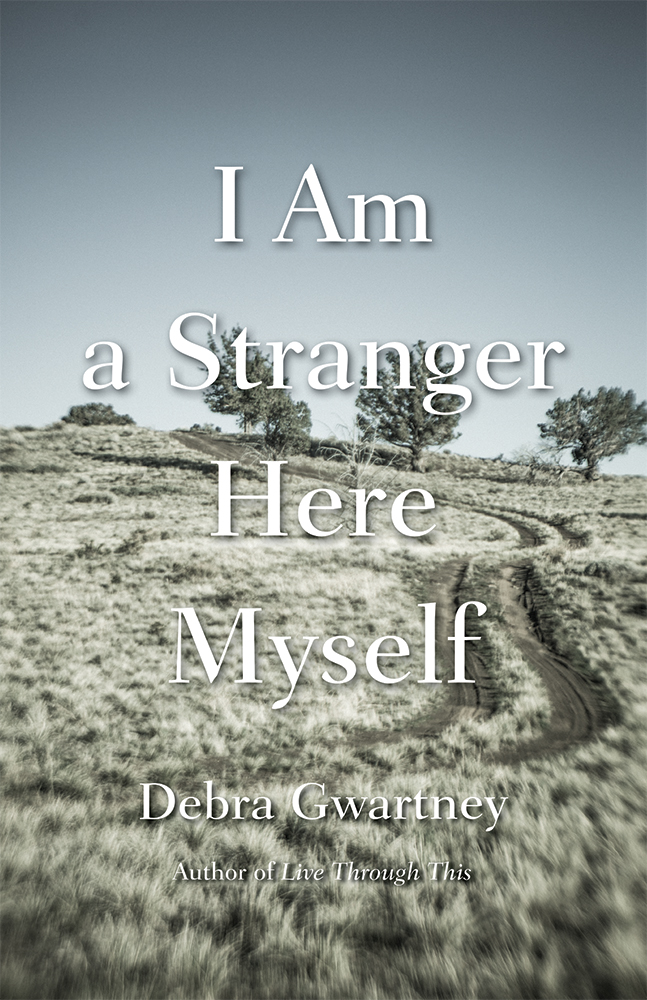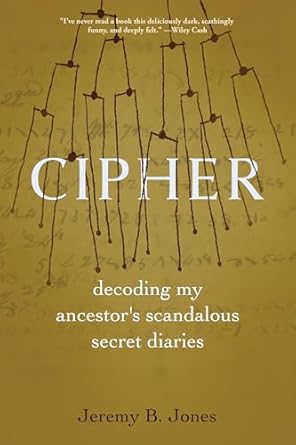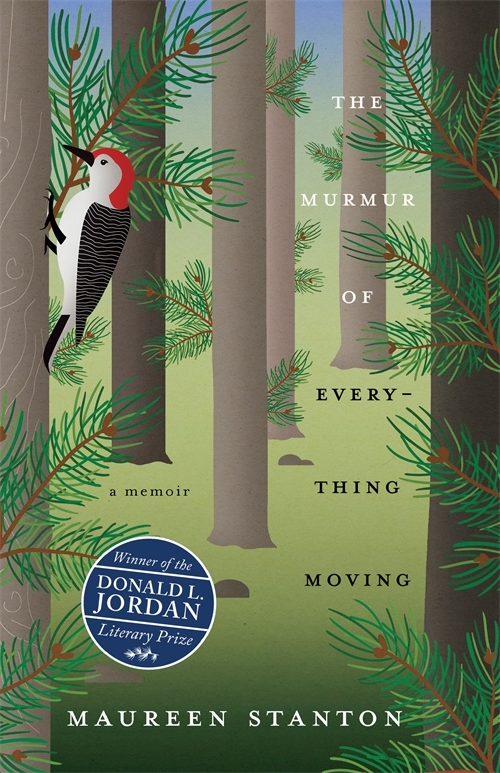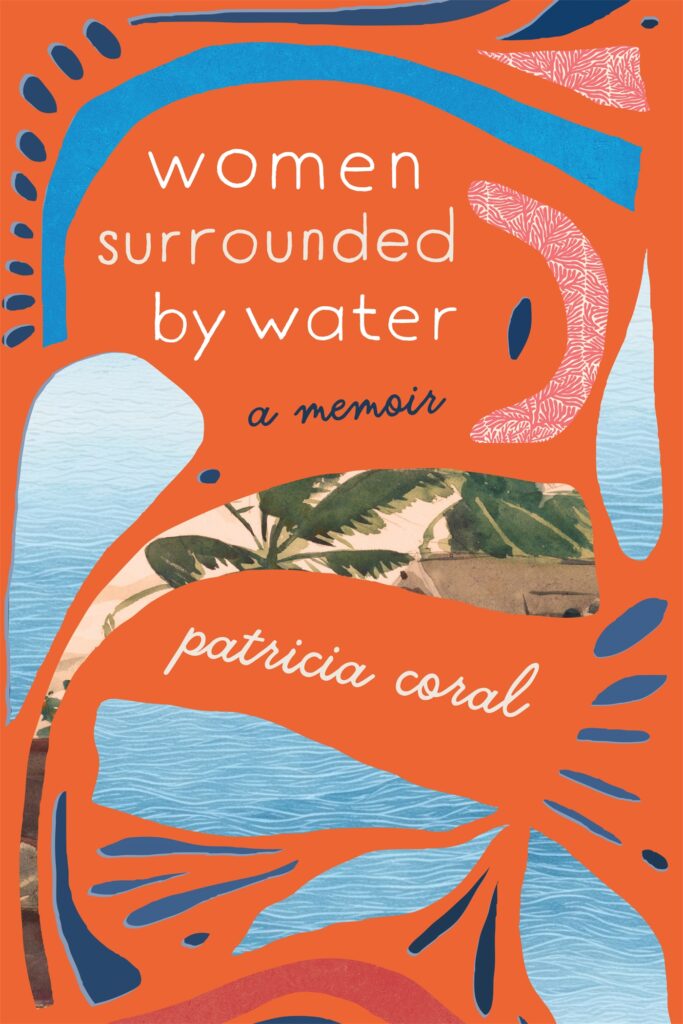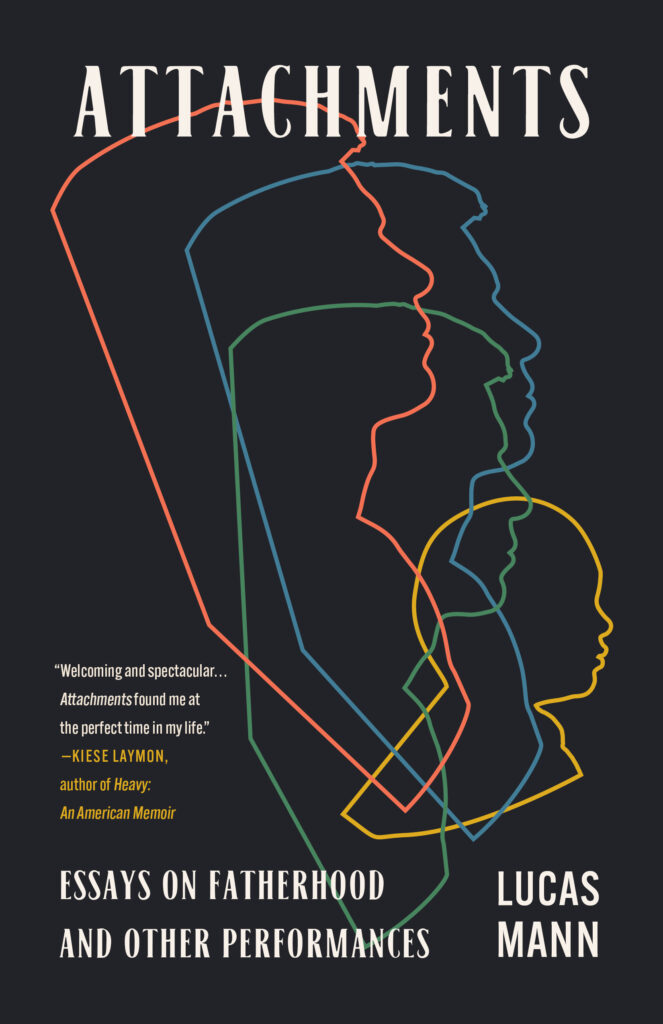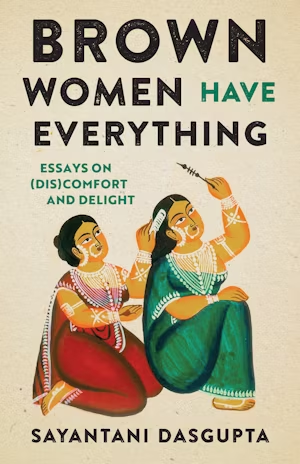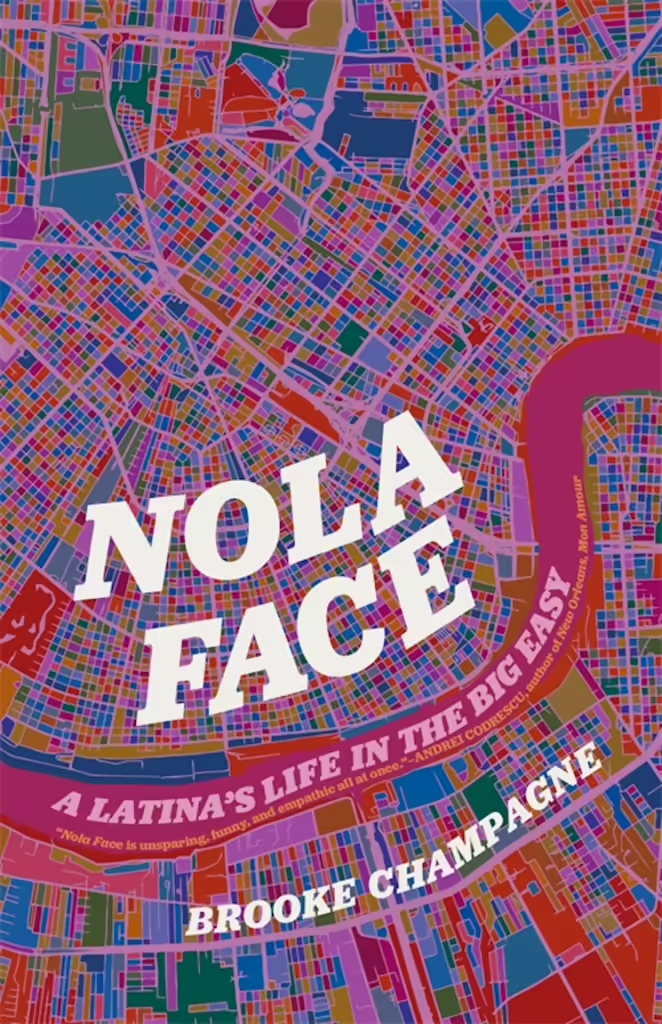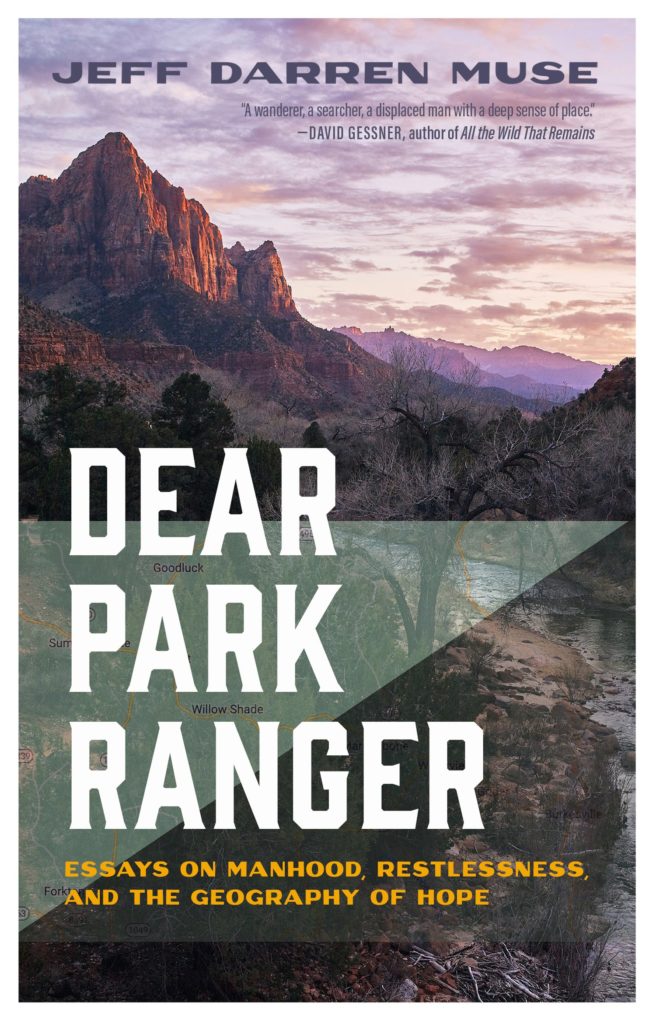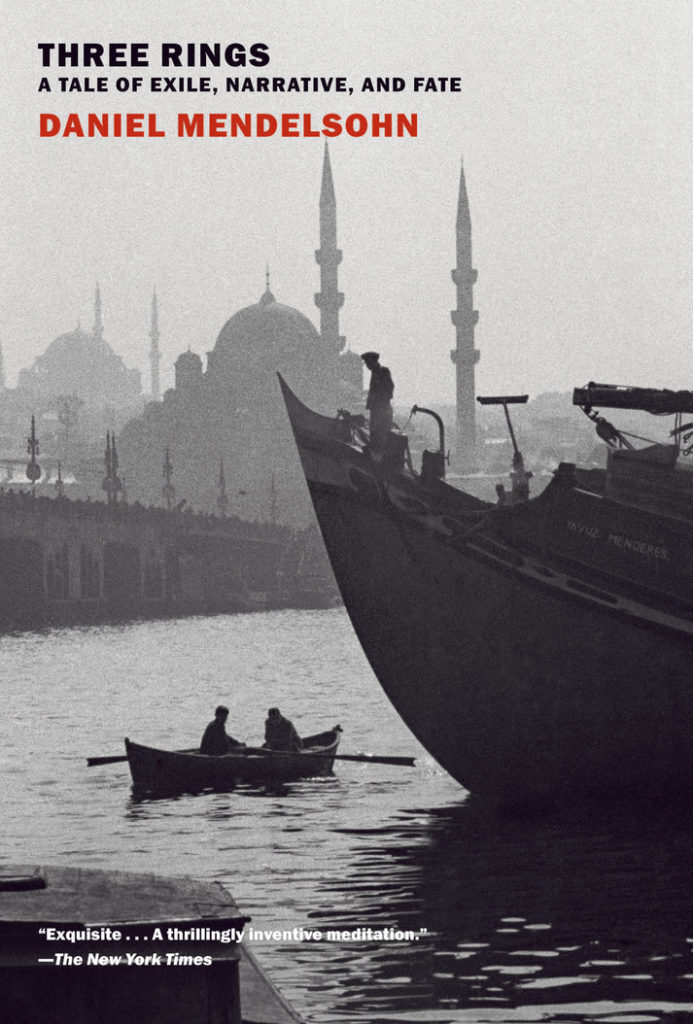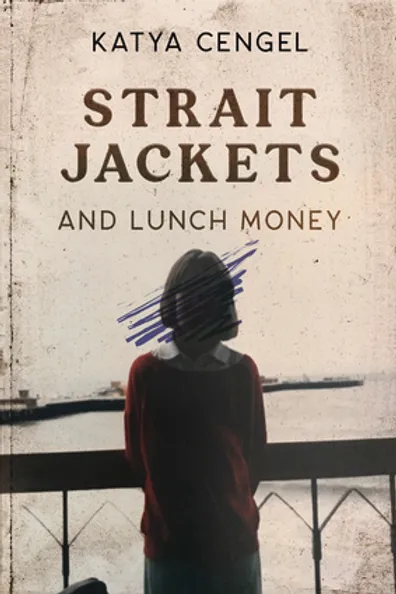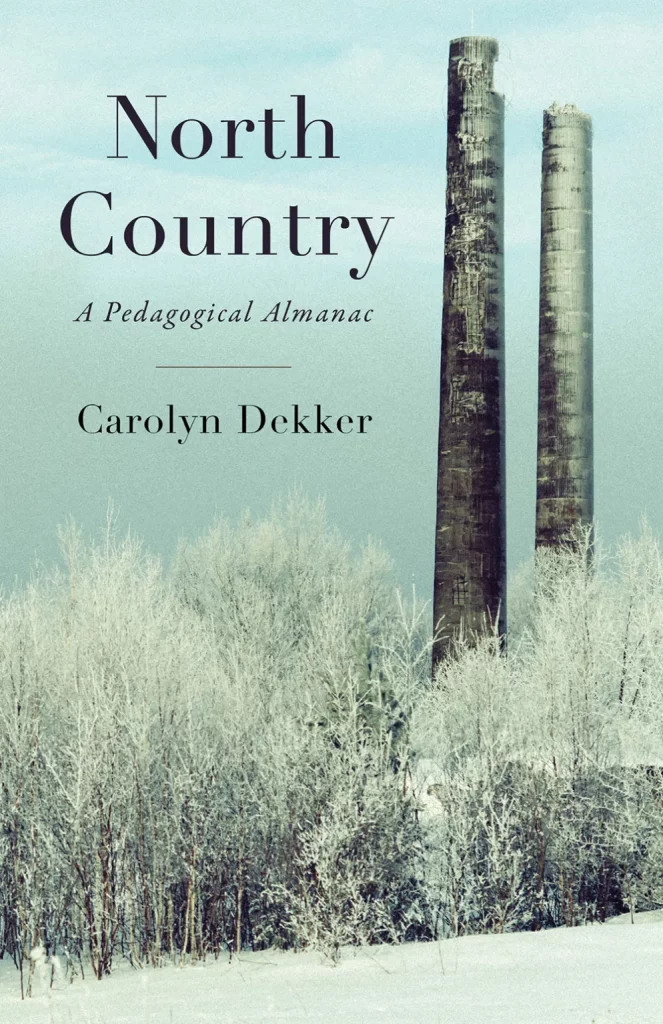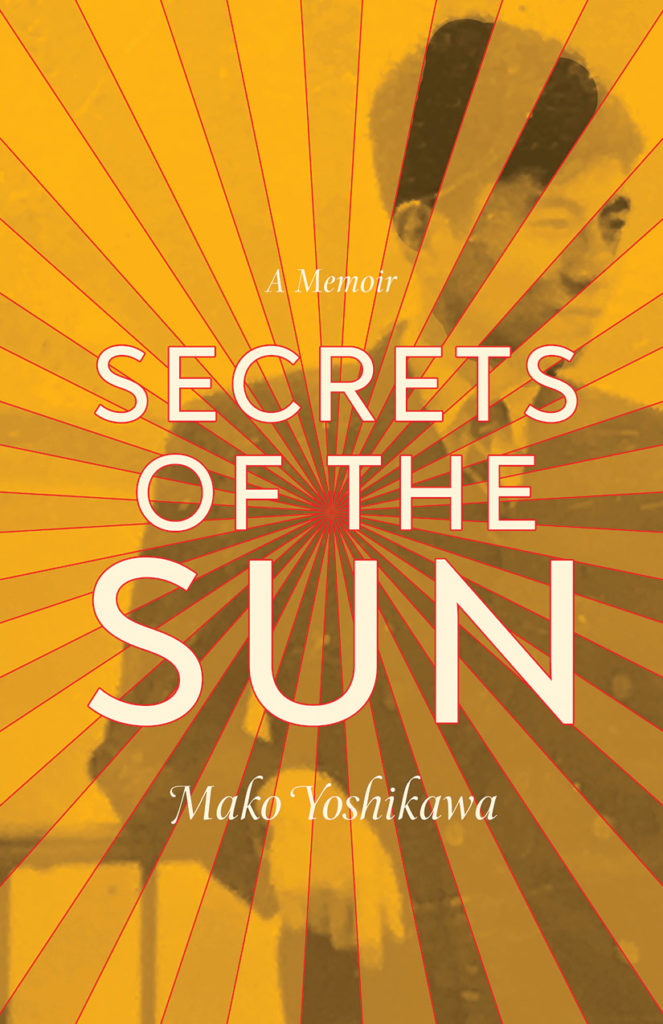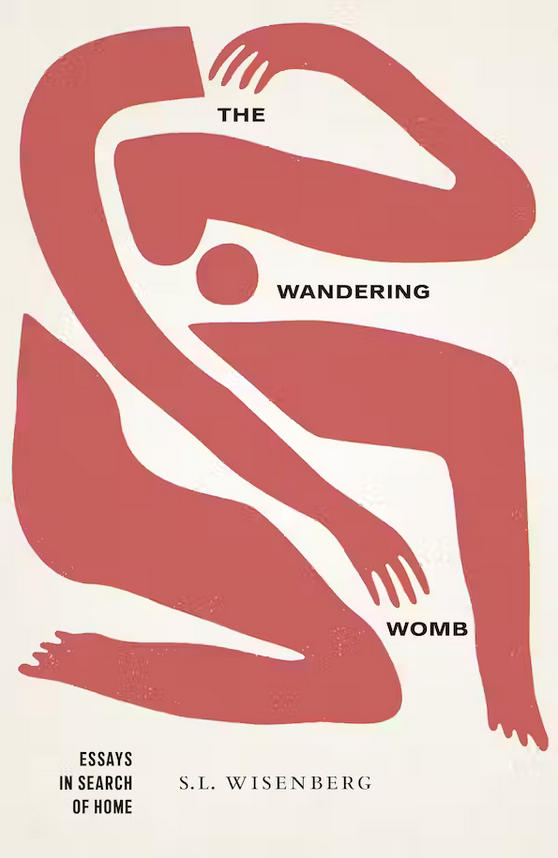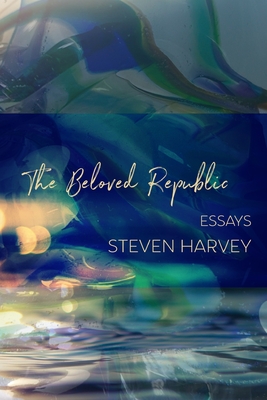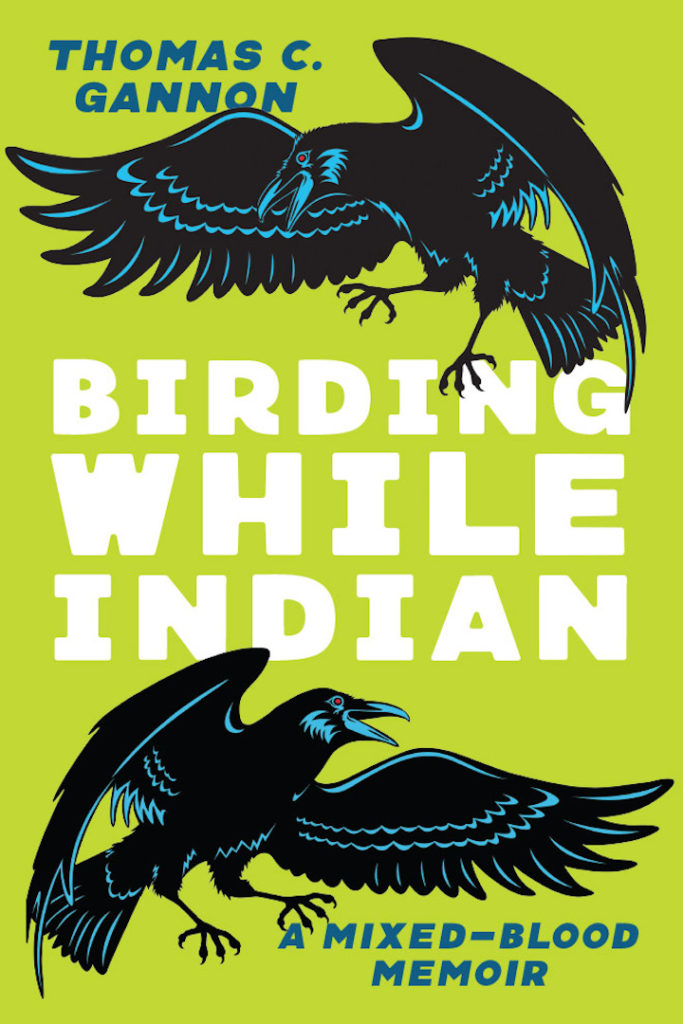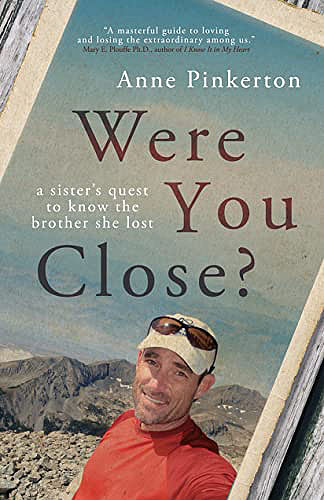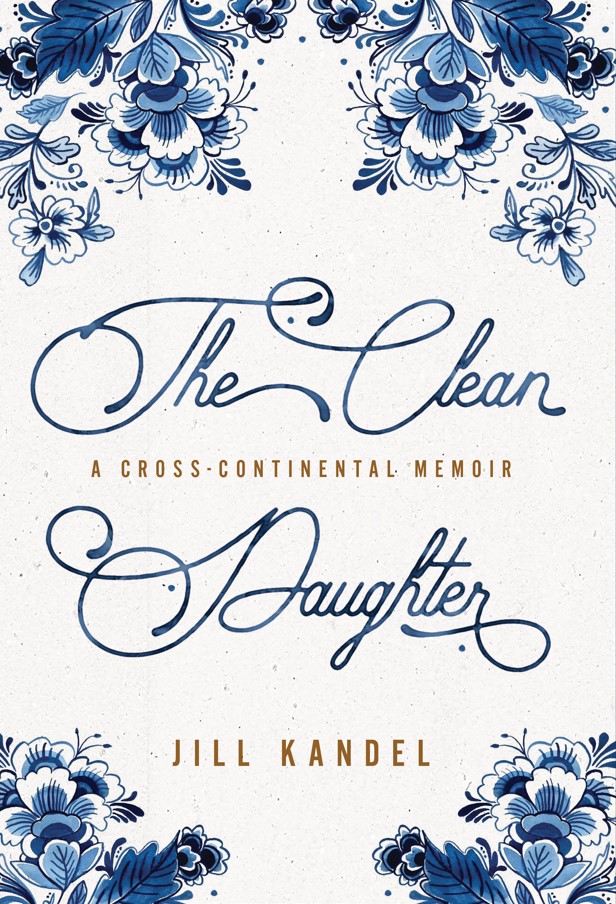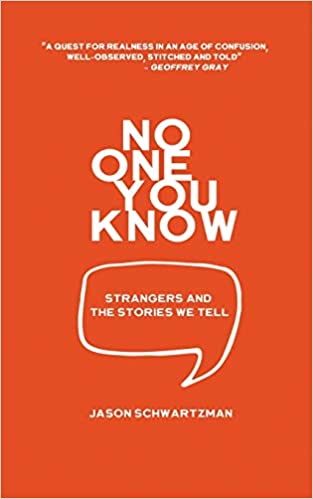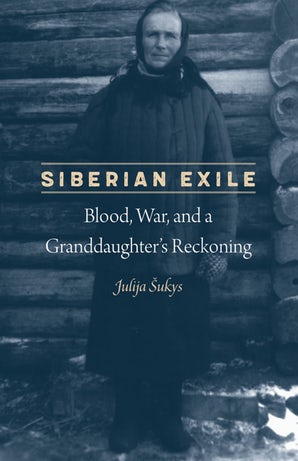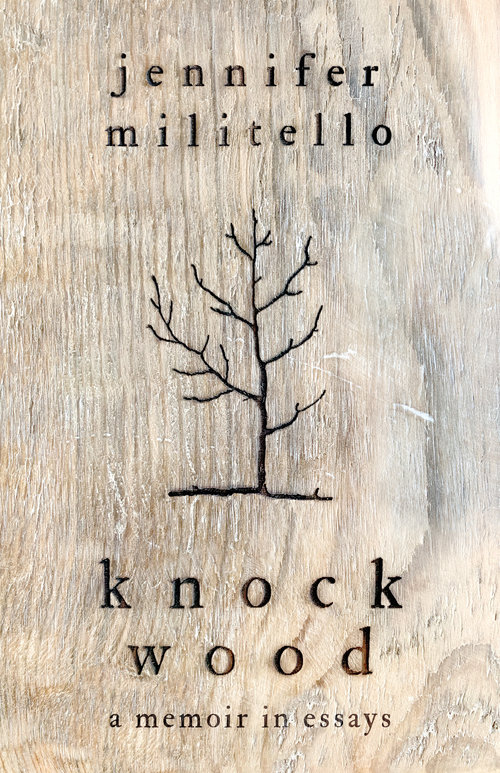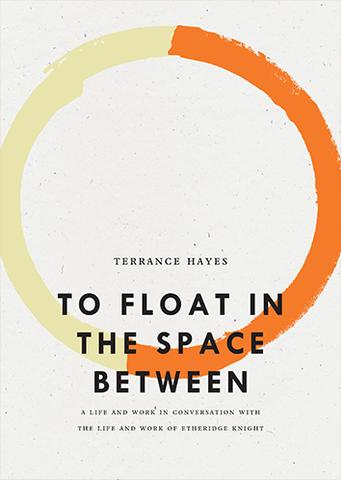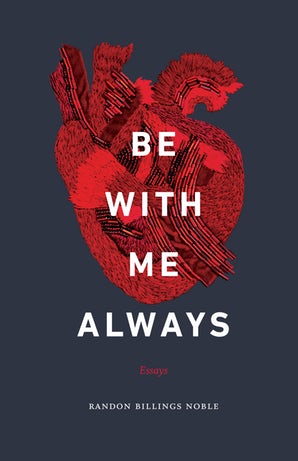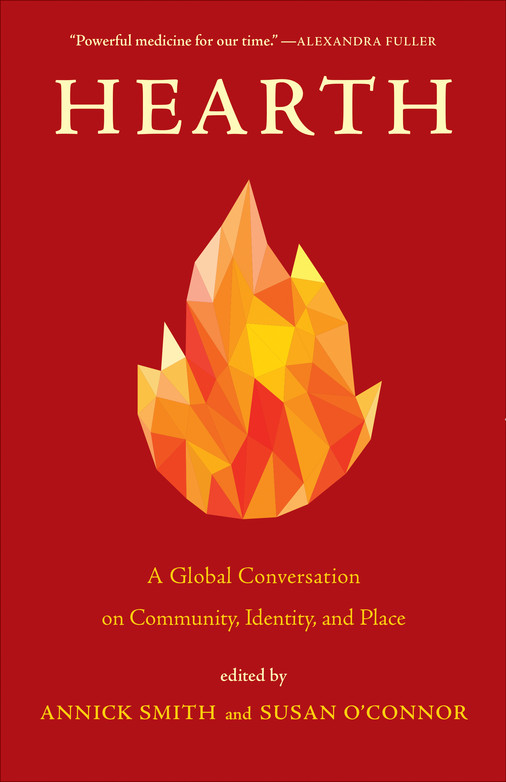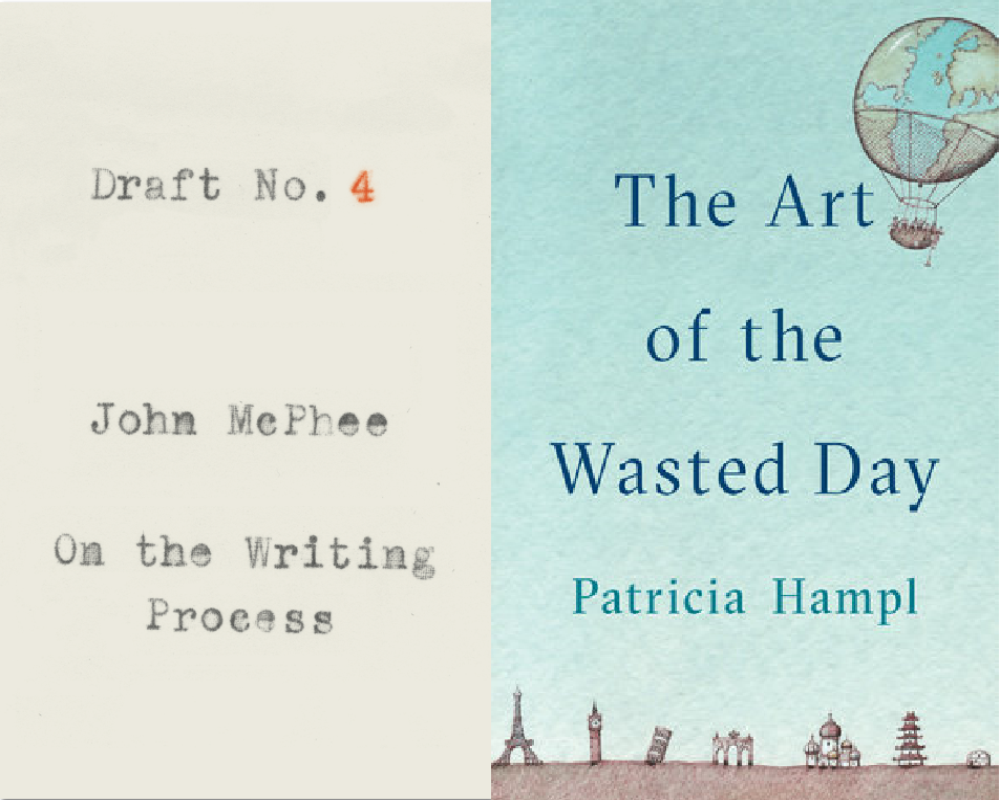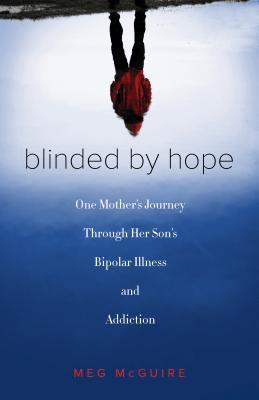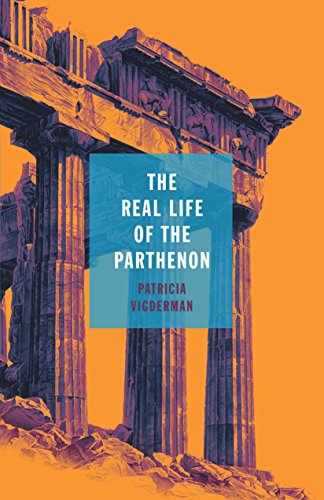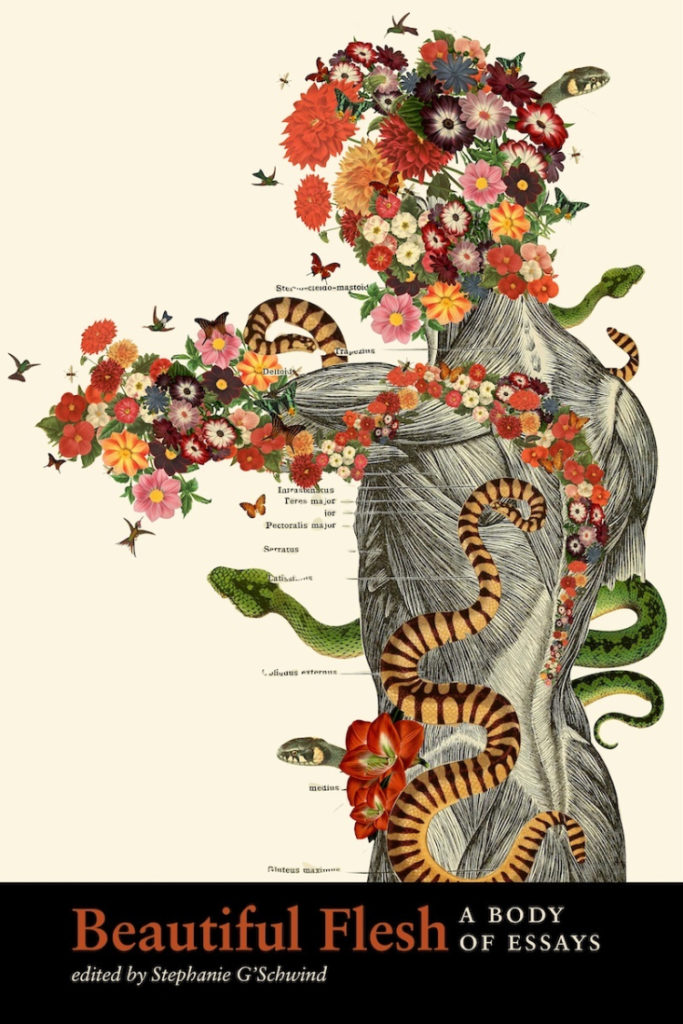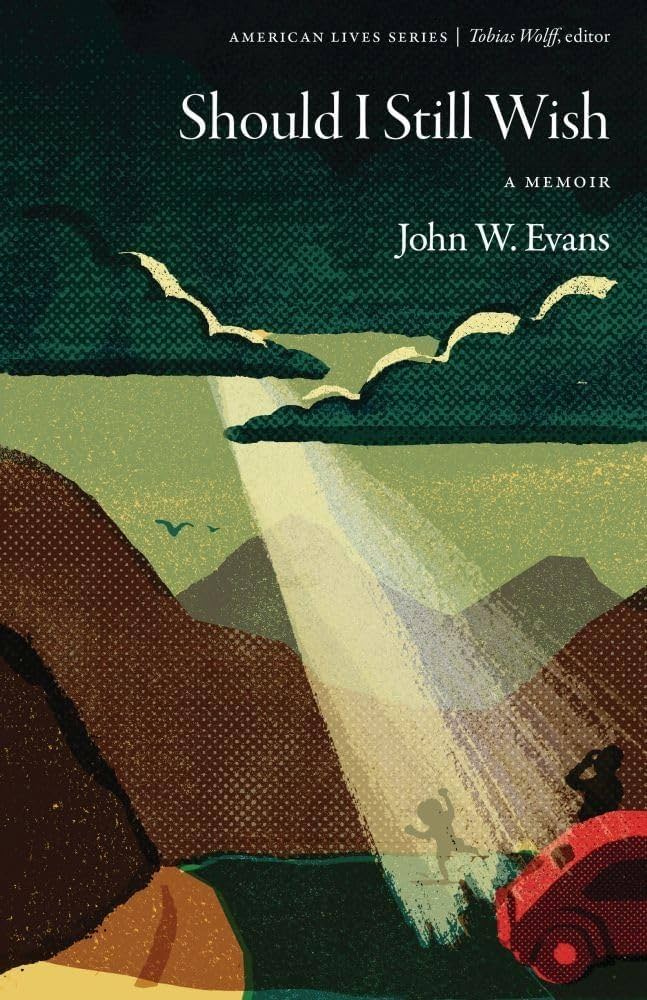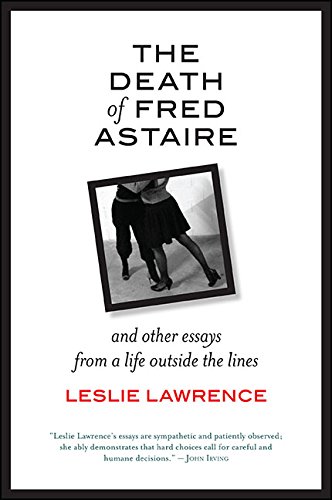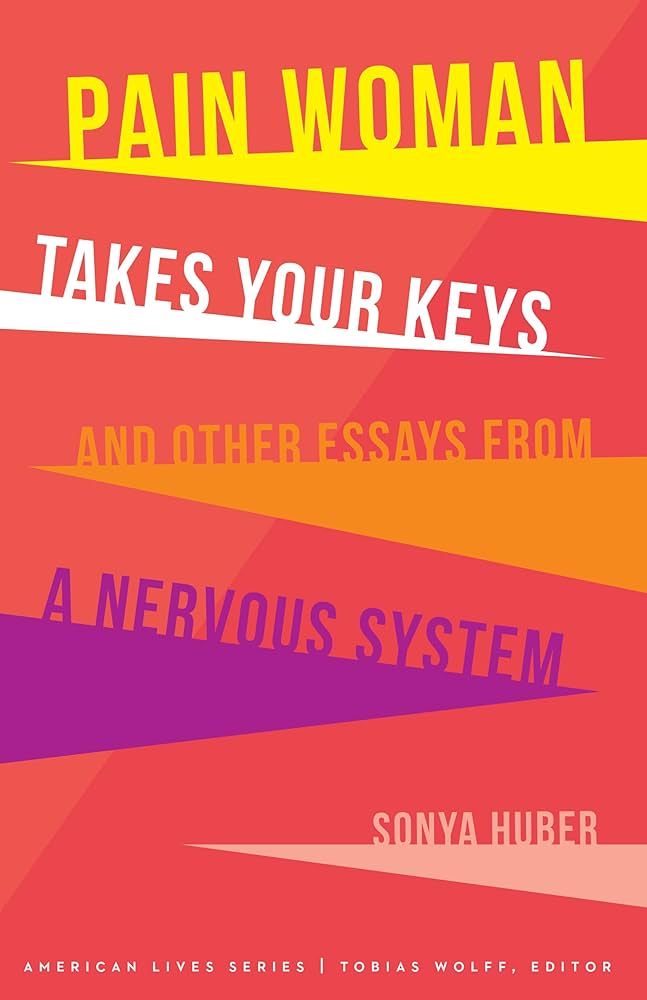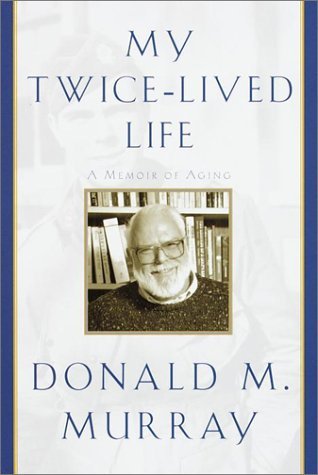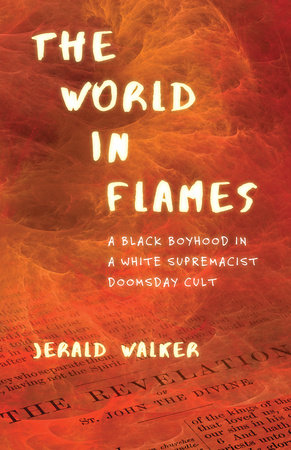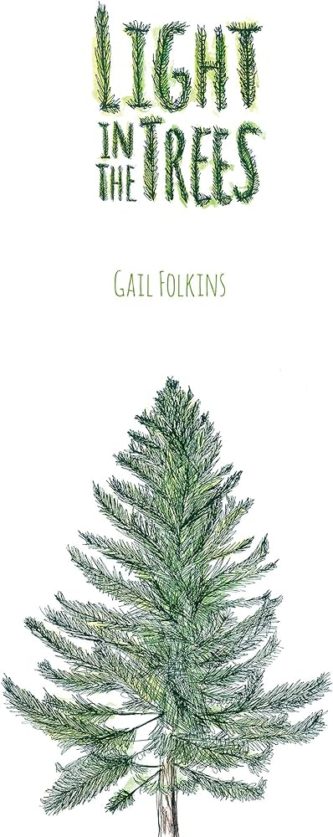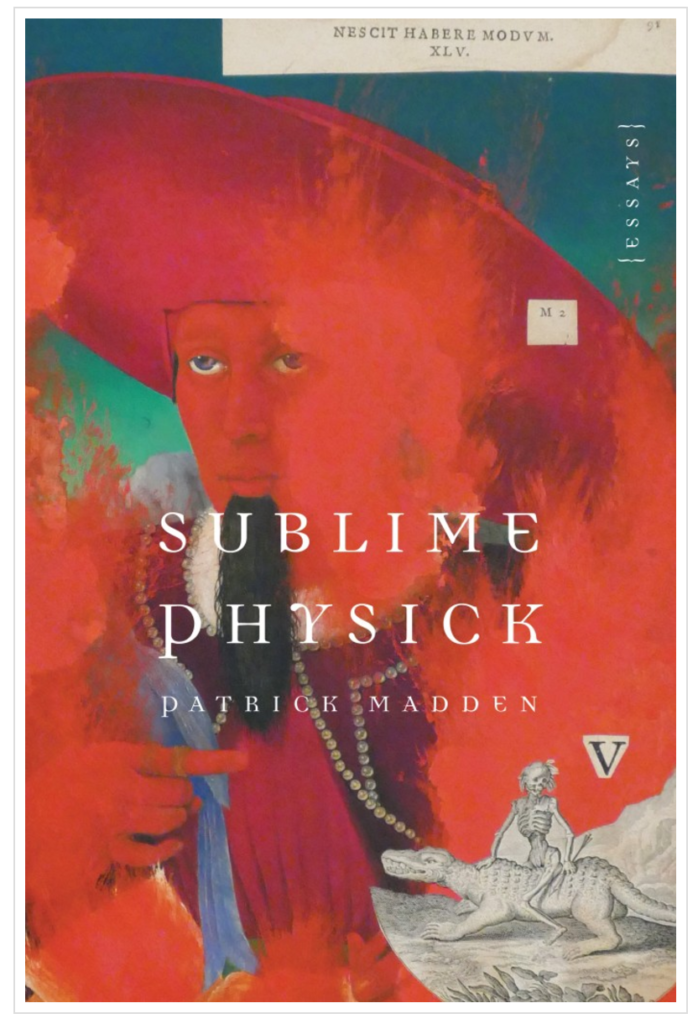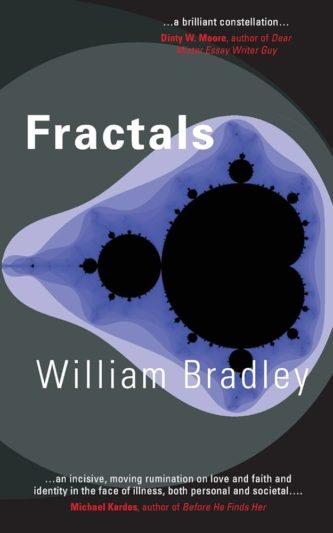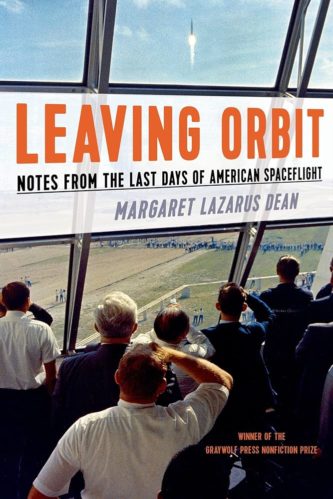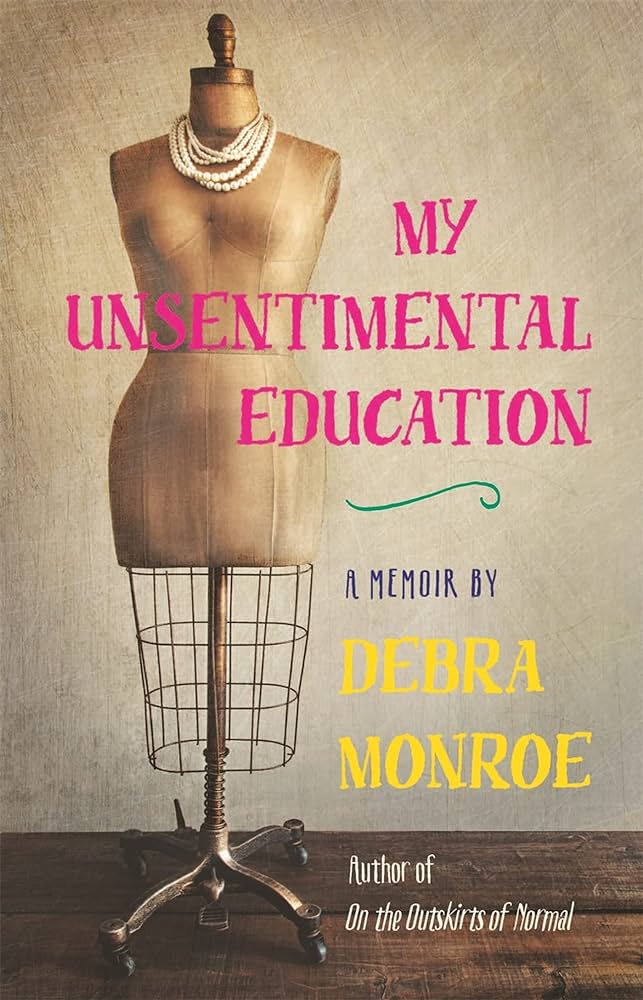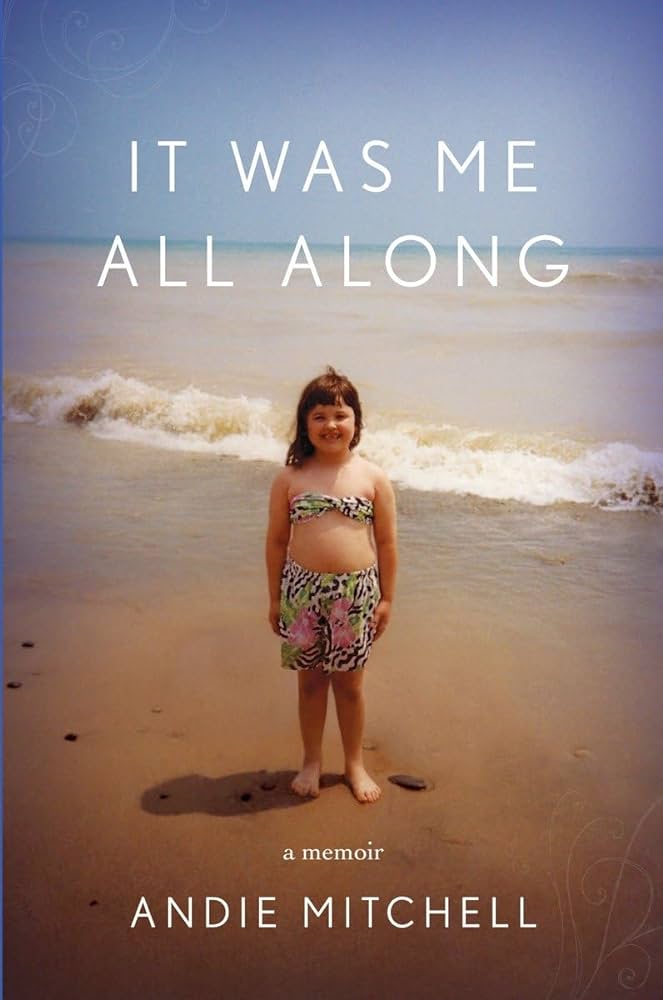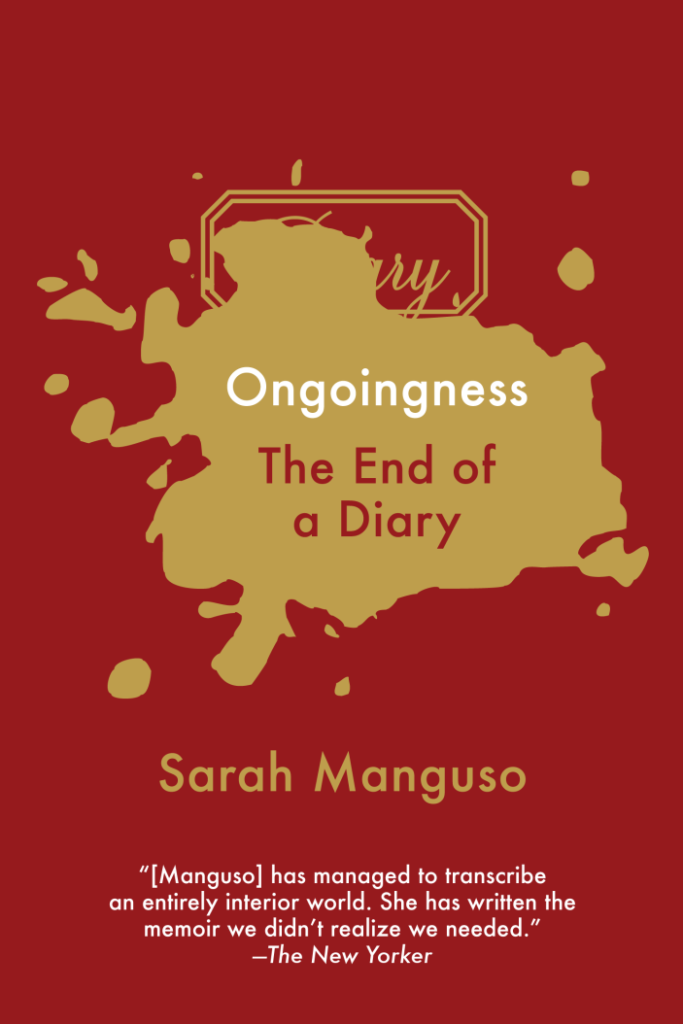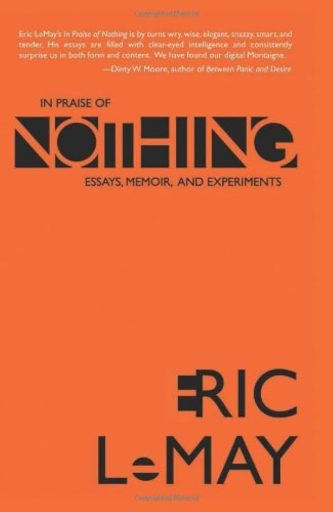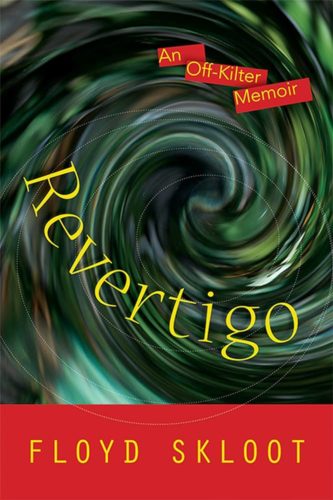By Ana Maria Spagna
I Am a Stranger Here Myself by Debra Gwartney
Visit Whitman Mission National Historic Site outside of Walla Walla, Washington, on a fall day, and you see golden rolling hills against rich blue sky. Bright clouds float toward flat-topped ridges lined with windmills. The scenery stretches spacious and bucolic and belies the bloody past. Here, on November 29, 1847, Marcus and Narcissa Whitman, a doctor and his missionary wife, and eleven others were famously massacred. Five Cayuse Indian men were accused of the crime and hanged. News of the violence caused legislators in Washington D.C. to give the territory an official name, Oregon, and to assign a provisional governor who immediately declared war on the Cayuse Nation. In I Am a Stranger Here Myself, winner of the 2017 River Teeth book prize, Debra Gwartney revisits this history.
I’ve known about the Whitman massacre since I was in third grade outside of Los Angeles in the 1970s. I remember distinctly the textbook map that marked the site with a spare black cross. The fact that missionaries had been killed cast terror in my heart. We’d built covered wagons out of shoe boxes that year and written diaries of pioneer families on the Oregon Trail. Plus I’d read all the Little House on the Prairie books. We were taught even then to feel some sympathy—“pity” might be more precise—for the “Indians.” But we never learned the names of the actual tribes, the Cayuse, Nez Perce, Chinook, Walla Walla and others, who were, as Gwartney writes, “beaten down, quashed, forced onto reservations.” We aligned ourselves proudly with the wagon train people and, by extension, the murdered missionaries.
The fact that we valued the lives of white people more than the dramatic losses of indigenous people is not easy for me to admit.
Gwartney’s book boldly embraces this discomfort. Her identification with the white missionaries is redoubled because she grew up in Idaho, much closer to the pioneer era and ethic than I did in suburban LA. The book is an effort to place herself as a woman in this landscape and culture by focusing on Narcissa Prentiss Whitman. The prose is rich, the voice homespun, warm, earnest, and sometimes prickly. The structure—four parts, each of which stands, in some ways, on its own—is complex, intentional, and, at times, challenging.
The book begins on the open road with a large diesel truck trailing Gwartney’s small hatchback—with its Oregon plates and liberal bumper stickers—too closely down a rural Idaho highway in a way that feels menacing to her, as though she’s been targeted as an outsider. The truck sports a rifle rack with “a weapon clicked in tight” and though no violence ensues, the incident leaves Gwartney frustrated, wishing to confront the driver with her bona fides as a fifth-generation Idahoan. Despite the fact that she chose to leave in early adulthood, she writes, she has “Idaho stories that, knit together, would stretch as long as the highway to Boise.”
Gwartney proceeds to tell stories of her grandmothers, one of whom, Lois, a high school English teacher for 40 years, gave Gwartney her love of books. One of those books happened to be about Narcissa Whitman: “the first Caucasian woman (so say the history books) to cross the Rocky Mountains, the first to give birth to a white baby (same history books.).” Gwartney’s distrust of the stories she’s inherited is already clear from her parentheticals.
From here, we begin tracking Narcissa Whitman’s story. She arrives in the Northwest in 1836 at age 28, and she and her husband along with fellow Presbyterian missionaries Eliza and Henry Spalding are, at first, welcomed by the Cayuse. Gwartney recounts the travails of the wagon trail journey, sans Little House sentimentality, and the triumphs of the early years at the mission. The newcomers plow the earth, build a mill, convert some Indians, and welcome the white settlers who arrive close on their heels.
Meanwhile, Marcus, the doctor, stays busy trying to treat a measles outbreak. He has some success with white patients, but the Indians who carry no genetic immunity are dying. Tensions rise predictably, and within a short dozen years, the Whitmans, too, are dead. Crucially, Gwartney refuses to let anticipation of a bloody climax be the reason we keep reading. The dramatization of the actual massacre—during which Narcissa is shot on the porch, her screams overheard by surviving children who were staying at the mission and would live to tell the tale—comes before we’re even a third of the way into the book.
Instead, she weaves her narrative from a patchwork of scenes, intertwining her own experience with Narcissa’s in ways that become less predictable as the book proceeds. At times it’s a wild stretch. Gwartney’s life, while not entirely smooth-sailing, lacks the drama of the Narcissa’s. She knows as much, of course, and wisely does not try to parallel the journeys, but instead points, through structure, at a deeper theme: a shared sense of dislocation. We follow Narcissa’s monumental trip across the continent, for example, while we trace Gwartney through college and a too-early marriage. Midway through the book, in Part Three, “River of No Return,” the plotlines converge toward what is arguably the climactic juxtaposition: the tragic drowning of Narcissa’s only child, her two-year old daughter, Alice, with an ill-fated river raft trip Gwartney takes with her family.
The narratives of the two accidents alternate by chapter with Alice’s story ending first, followed by a post-mortem chapter. “After Alice’s death Narcissa had every reason to quit,” Gwartney writes, but “I can’t figure out why she didn’t.” The author describes how the grieving mother “had nothing to give the missionary effort,” but stayed anyway. Whether Gwartney admires her for staying—and whether, by extension, the reader ought to—remains unaddressed as we segue to the raft story. The very next chapter begins “I got out from under my grandfather’s raft.”
On one hand, this is apples and oranges, isn’t it? A recreational river raft trip accident from which everyone emerges unscathed and the loss of a child. If the pairing were strictly a device for building tension, it would fail. But there’s more. “Was it Providence that saved us?” Gwartney asks after she emerges from the river. “Did we live on as evidence of our communion with the West?” That fact that such a thought would arise, right in the middle of a life-or-death crisis, illustrates a peculiar weightiness, a go-to reflex in Westerners—from Narcissa Whitman to Debra Gwartney and beyond—to cleave to belonging. Which is a close cousin of longing. We long to belong. But we aren’t sure we do. Was it providence that saved her? No. She concludes unequivocally. It was not. “I am not one to rely on luck,” she writes.
In fact, luck didn’t save her. Despite the many manly men on the trip, her sister did. This, too, speaks to another theme in the book: the rejection of patriarchal trappings. After the accident, Gwartney refuses to visit the river again. “I knew I’d be told, by the men in my family in particular, that I had to return.” But she knows she won’t. Why? Because “my family’s code was no longer my code. If it ever had been.”
Gwartney doesn’t return to the river, ever, despite chiding from her family. Nor did Narcissa ever return home, back east, though she had the chance. The junctures don’t match up, but the emotionality does. It’s an excellent climax, maybe even a satisfying denouement. But here’s the thing: we’re still only half way through the book.
Gwartney backtracks, revisits the Whitman story again, trying to get details right. “What’s true about the early years of the West, the creation of a regional identity, and what’s not: it’s a jumble of perplexing misinformation.” She also returns to her two grandmothers, specifically to the house where she once lived. “I couldn’t bring back the past that had once taken care of me that made me who I am. These places once so familiar emptied of us. Of me.”
She’s lost the past, yes, and the subtext is clear: all of us have. Western identity is changing; American identity is shifting. If we’re talking about colonialism, it’s bigger yet. Western as in Western Civilization. The stories we’ve been told about the righteousness of the white man’s path that brought us here are crumbling. We are searching. Gwartney is searching. But for what?
Part Four, “Memento Mori,” finds Gwartney looking for something concrete, locks of Narcissa’s hair squirreled away in various archives. If there’s a place where the book’s urgency ebbs, this is it. Though the narrator-researcher feels strongly about the hair locks, as a reader, I did not. Similarly, Gwartney’s story of returning “home” to insist that her grandmother’s ashes end up in Salmon, Idaho, as the grandmother had requested, only to renege on her mission and admit that decades later, she’s still done nothing with them, creates a sense of impotence.
The same sense imbues her conclusions about Narcissa Whitman. As a writer, she set out to portray Narcissa as Narcissa, but she’s exasperated with her failure to capture her. “I’d rarely allowed her to be real, a woman who’d suffered a crippling loneliness, and who died alone. I’d endlessly criticized those who rewrote the history to serve themselves, only to discover my own capacity for doing the same.”
In seeking out stories of lesser-known non-white figures in the history of the West, I’ve often felt the same. (My current project centers on Chinese miners along the Columbia River in the 1870s.) But Gwartney’s self-laceration seems overstated. We’ve watched her consider Narcissa as a multi-dimensional character from page one. She’s simply not as complicit in myth-creation as she worries she is. At least that’s what I want to believe. Of her. Of myself. Of all of us. Yet the strength of I Am a Stranger Here Myself lies precisely here, in Gwartney’s insistent refusal to let herself, or anyone else, off the hook.
In the end Gwartney returns home, yet again, this time with her daughters in tow, to Idaho to scatter her grandfather’s ashes, and faces her father haranguing her, still, to “Vote for the right men, defend the right causes.” The book ends with the image of a buck running from town into the hills—cliché and real at once, as commonplace in the rural West as a person hopping a subway in New York City. The buck runs “to the mountains that surround us, that had always surrounded us, into the trees and across streams and up rocky cliffs and far from human confusions. Away from questions and histories and sorrow.”
* * *
Last year, I landed by happenstance in Walla Walla working at Whitman College, a small liberal arts college where the Whitman legacy remains very much in question. The mascot had recently been changed from Missionaries to the Blues (after the nearby mountains). While I lived in town, a statue of Marcus Whitman downtown was splashed with red paint. Drive west eight miles to the Whitman Mission National Historic Site and the shift in perspective shows even more starkly.
New exhibits and a film in the visitor center focus on the establishment of the Waiilatpu Mission as a turning point in the lives of Indians. Even the official National Park Service website forefronts partnership with the Confederated Tribes of the Umatilla Reservation and only mentions the Whitmans in the second paragraph, and the daughter, Alice, not at all. The lens through which we view the history of the West is beginning to include experiences besides those of colonizers, a broadening that’s long overdue.
With that in mind, did I wish I Am a Stranger Here Myself was more about the Indians and less about Narcissa Whitman? I did. Probably other readers will, too. But as I’ve mulled my reaction to this gut-honest book, I’ve come to question that wish. Maybe the desire, among descendants of white settlers, to side only with people not our own is, in itself, a kind of reneging, a refusal to look directly at who we are, what we’ve done, why we’re here, what makes us stay, and go.
We are strangers in the West. Like it or not.
It’s not so much that the questions, the histories, the sorrows lie just under the surface; it’s that they are the surface-like layers of decomposing organic matter on the forest floor. The instinct to scrape it all away to get to mineral soil is wrong-minded. Enough white writers have undertaken the native perspective. (I admit I am one of them since my 2015 book Reclaimers told triumphant tales of the Timbisha Shoshone and Maidu tribes reclaiming stolen land from the federal government and a large utility company in California, but did not interrogate the ways I’ve benefitted directly and indirectly from the initial conquest.) So: what about our nonnative legacy? It’s not pretty. It’s not simple. It’s not over. That’s where Gwartney leaves us: firmly grounded and rightly discomfited.
University of New Mexico Press
$24.95 paperback | eBook $9.99 | Buy Now
Ana Maria Spagna is the author of several books including Uplake: Restless Essays of Coming and Going, Reclaimers, stories of elder women reclaiming sacred land and water, Test Ride on the Sunnyland Bus, winner of the River Teeth literary nonfiction prize, and two previous essay collections, Potluck and Now Go Home. Ana Maria’s work has been recognized by the Society for Environmental Journalists, Nautilus Book Awards, and as a three-time finalist for the Washington State Book Award. She teaches in the MFA programs at Antioch University, Los Angeles and Western Colorado University and lives in the North Cascades with her wife.

